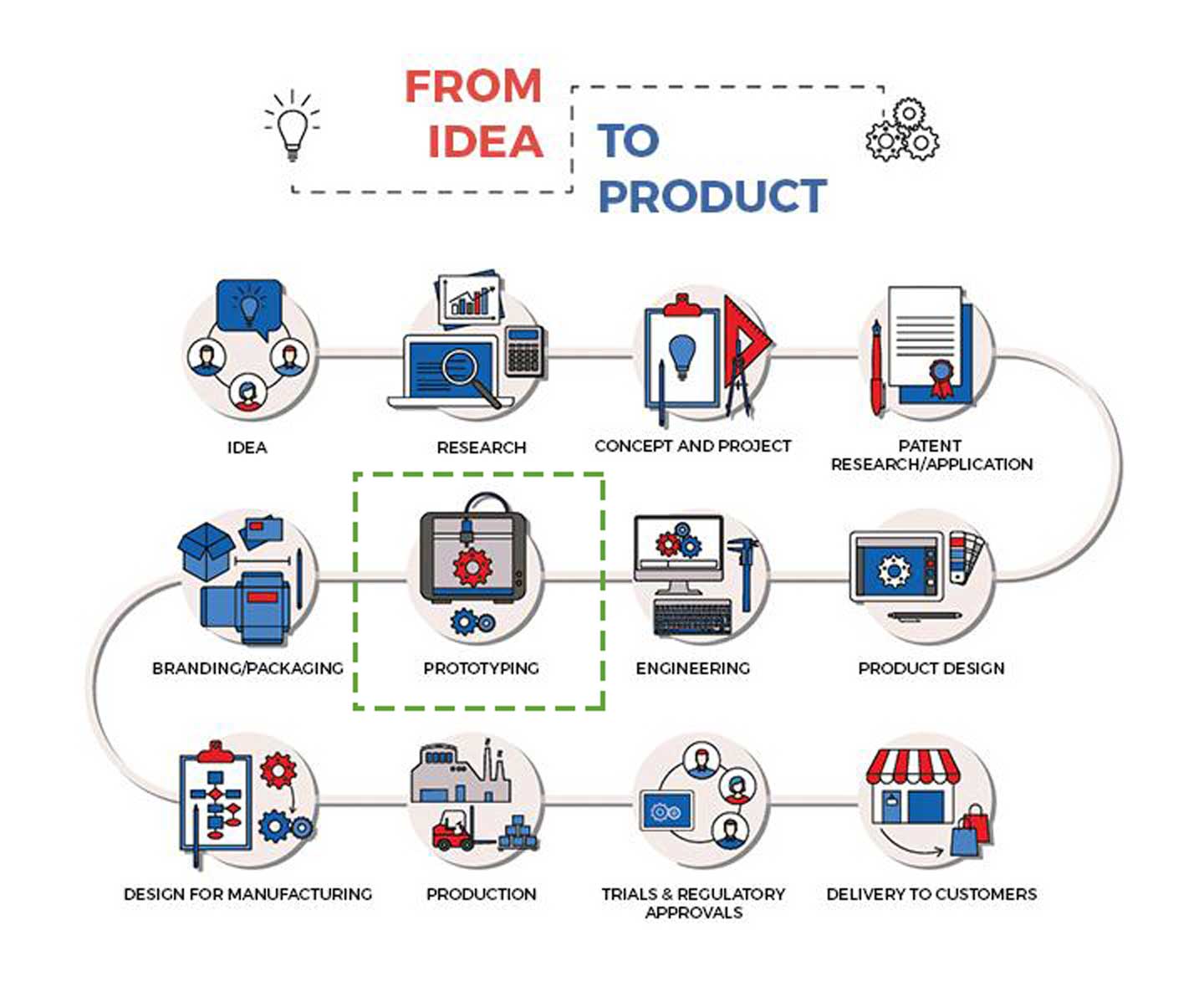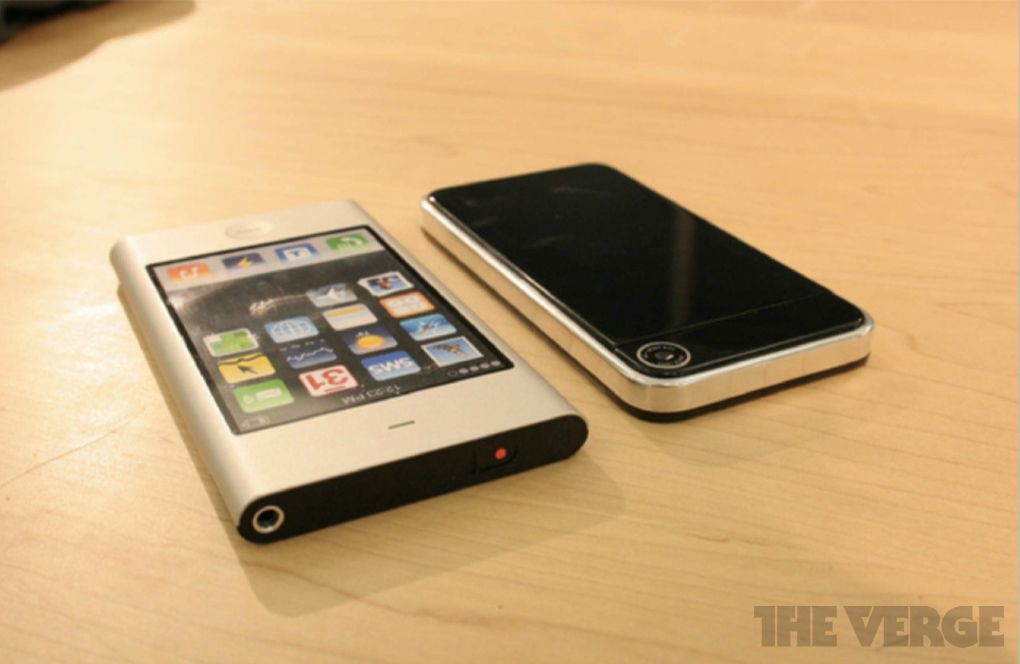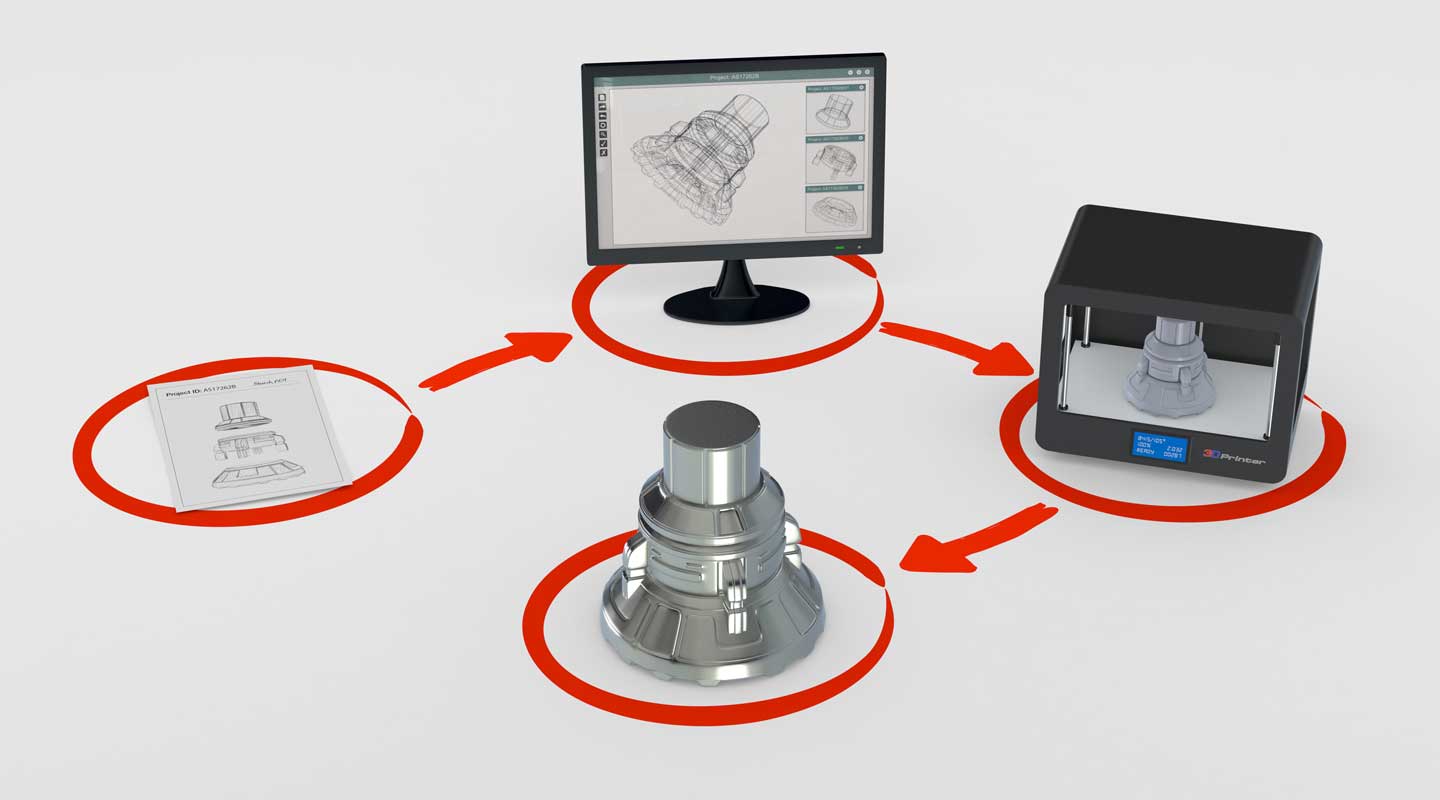Prototype, review, refine, repeat
In this blog series, we deep dive into each stage of the idea to product lifecycle, from identifying a problem and formulating an idea through production and marketing. In each post, we’ll focus on one of the twelve unique aspects of the cycle and its impact on the end product.
Stage 7 of 12: Prototyping

You should enter into this stage of the cycle with the mindset of prototype, review, refine, repeat.
Prototypes are preliminary models of your final design. This stage is the first time you’re able to visualize and experience your product in the real world. As opposed to the 3D rendering on a computer screen, you’ll be able to test prototypes in different circumstances.
Swimming with the fishes
Every great invention started as a prototype. Prototyping is an opportunity to experiment with different design elements to see what will work best and provide you with your desired results.
When the engineers at Apple were first developing the iPhone, they went through many iterations of the same design to satisfy their own design vision, and perhaps more importantly, to satisfy Steve Jobs. Jobs was intent on using all of the available space within the phone to make it as efficient and as small as possible. When he was presented with one of the final iterations of the phone, he dropped it in a nearby fish tank, and when bubbles arose, signifying the presence of air within the phone, he informed the designers that there was still space to be filled. While Steve Jobs is an extreme example of the level of scrutiny that one should put into each and every design, he exemplifies the commitment that a designer should have to create the best product possible.

Materials analysis
In the beginning, your prototype doesn’t need to be perfect. For cost-savings purposes, there are many inexpensive materials and manufacturing mediums that you can use to test the functionality of your design. For an initial prototype, you may want to model your design out of paper or cardboard. These prototypes may not be entirely functional, but they should give you an idea of how your design will work. Since this is an iterative process, you should make several prototypes, progressively change the materials you use, and work up to the materials that will be used for your final product. Laser cutting and 3D printing are some of the more advanced, but cheaper techniques you can use to create working prototypes of your design.
When designing and building a spacecraft for a new mission, the engineers at NASA put all the materials they plan to use, and prototypes in general, through extensive testing to determine if they can withstand the variety of circumstances that they may encounter. During your own prototyping stage, take the opportunity to experiment with many materials and processes.

Iterative design
Just like the iPhone example, the prototyping stage may require you to create several prototypes to represent changes to the design. You may even need to go back to the product design or engineering stage to reevaluate the design further. This iterative process will help you to create the best product possible by identifying and resolving any issues prior to production.
What’s next?
The next stage of the idea to product lifecycle takes a detour away from engineering to decisions regarding the branding and packaging of your product. Learn how to create a brand and attract customers with eye-catching packaging designs.
























